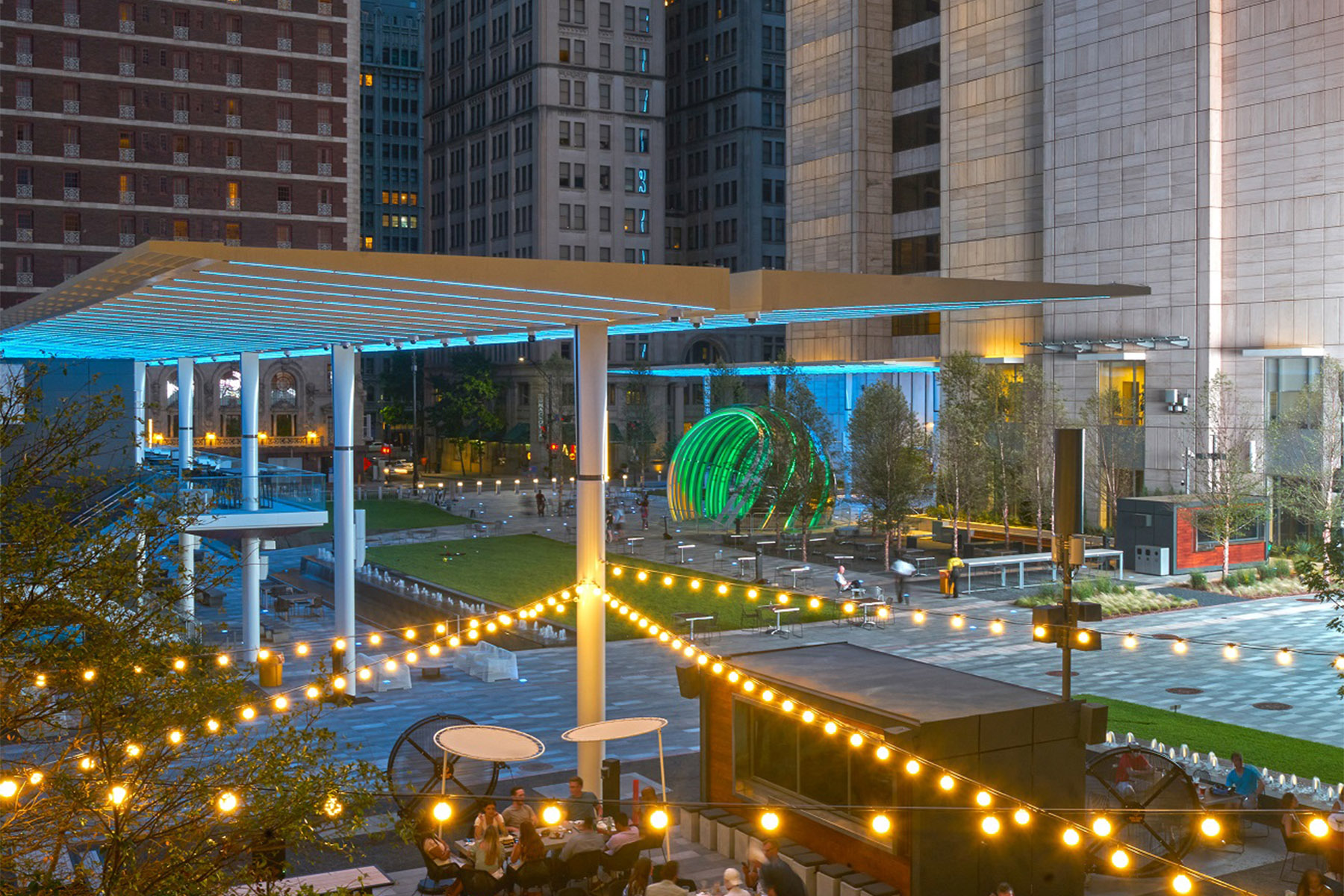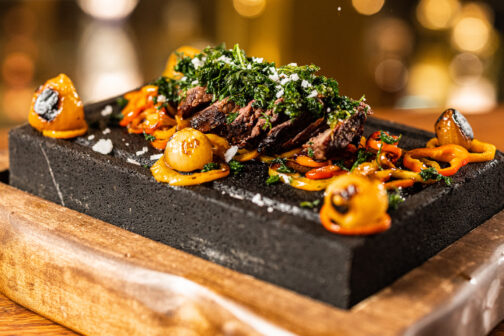We could all do a thing or two to make Dallas’ food world better next year. Here are four New Year’s resolutions for Dallas diners, chefs, restaurateurs, and politicians to help grow our culinary culture.
For Chefs: Take an Acid Trip
Salt. Fat. Acid. Heat. Those four elements of any great dish became a sort of culinary canon when they were enshrined in the title of Samin Nosrat’s instant-classic 2017 cookbook.
Dallas is certainly good on the salt. We love fat in any form, whether a buttery sauce or a marbled steak. And most Dallasites can stand the heat, thanks to the influence of Mexican, Southwestern, and Cajun cooking.
But acid? With that, many local chefs still struggle. A splash of vinegar, a shower of lemon zest, a slice of pickle, or a scoop of escabeche would improve the balance of many Dallas dishes. This year I had almost acidity-free meals at restaurants like Carte Blanche, Georgie, and The Charles.
If you want a list of Dallas chefs who understand just how important a good dose of acid is, I’ll supply one, but I’ll also warn you: it’s exactly the same as a list of the best Dallas chefs, period. Bruno Davaillon, Regino Rojas, Misti Norris, Matt McCallister, David Uygur. They’re acid freaks, and they’re our best chefs. Not a coincidence!
This year, I’m on a tart, tangy mission. When restaurants aren’t balancing their big flavors with healthy levels of acidity, we’re going to call them out.
For Food Writers: New Is Not (Always) Noteworthy
Dallas diners are notoriously obsessed with the “new” and “trendy.” We often call them the Fickle 500: customers who can make a restaurant’s first few weeks successful, then move on without loyalty. For them, novelty is value. The night before I wrote this article, I dined next to a man who stared at a menu and then blurted, “I heard this is the hottest new restaurant, but I don’t know what any of these foods are!”
If you get a Dallas food writer by themselves, especially after a drink or two, they may lament to you that our city’s diners are obsessed with the flashy, trendy, and new. But we have the power to influence that mentality. Maybe not a lot, maybe not completely, and maybe through very slow, gentle work. But I have faith that we have the power to make change. Let’s use it! Let’s remind diners that most restaurants do their best work after their first year, when the team has found its creative groove and grown comfortable with its identity. Let’s tell all the interesting stories that don’t hinge on a restaurant opening its doors.
Let’s also communicate that a whole lot of our new openings are, in fact, boring. “It’s a buzzy new steakhouse.” OK, but it’s a steakhouse. We have plenty of those. And we in the media are the ones supplying the buzz. We don’t need to. We can allocate buzz however we like.

For Diners: Get Flexible About Parking
To judge from three recent articles in Dallas newspapers, our restaurant customers care more about the easy availability of parking spaces than they care about the quality of a place’s food. The Dallas Observer recently began a first look at Greenville Avenue newcomer Ariana Cuisine with three paragraphs detailing the author’s attempt to park—even though ample parking is available within a one-to-two block radius, and even though Greenville is eminently friendly to walkers, bikers, bus riders, and users of ride-sharing apps.
Over at the Morning News, meanwhile, Sarah Blaskovich has reported two stories recently on customers’ frustrating demands for even more parking spaces in areas that already have plenty. In one, the AT&T Exchange Food Hall gripes that out-of-neighborhood visitors are failing to find parking spaces in downtown Dallas, where every meter turns off after 6 p.m., and where two garages offer Exchange guests free parking with validation on evenings and weekends. Oh, and this is the same downtown that’s the hub for four light rail lines and a bus network. And it’s the dense neighborhood where thousands of people live (or hotel) in high-rises within walking distance.
Yes, if you want to visit a downtown Dallas restaurant at midday, you’ll either need to (gasp) take public transit or (shudder) pay money. But Dallas diners will even object to bounteous free parking. Three weeks earlier, Blaskovich talked to a restaurant owner at Mockingbird Station who felt obliged to put in a valet stand, even though the center has its own enormous free parking garage and a footbridge to an even bigger free parking lot. Mockingbird Station even already had another valet stand!
Maybe accessibility is a concern. That’s fair, but in most of these places, the best parking spots are already reserved for users who need them, as required by law.

For Politicians: Break Dallas’ Car Monopoly
All that stuff I said above is fine, but the burden is not on individual drivers to change the system. The burden is on Dallas’ government.
The bottom line is that we can’t have nice neighborhoods and buildings if half of them are torn down to make way for parking lots. This is especially true in the restaurant business, where many of the best concepts occupy small, old, historic, and characterful spaces. If you’ve had the good fortune to travel to New York, Chicago, or San Francisco, think about your restaurant experiences there. You probably dined in a cozy old space, watched an open kitchen, or enjoyed a sense of history from exposed brickwork. You probably also walked there, took the subway, or were staying just around the corner.
The architecture of a car-dependent culture is not the architecture of our most beloved restaurants. (Except for drive-ins. Drive-ins are great.) Responsibility for this falls to social systems, not individual choices.
There’s a chicken-and-egg problem. People feel entitled to park their car right in front of the door of every business they visit because that’s how they have lived every minute of their life so far. If Dallas wants to stop being the city that hates pedestrians, the city that needs valet stands at every door, the city that expects a busy downtown center to have visible free parking, then it needs to enact large-scale change. If we want people to think differently about their lives, we need political action to force new thinking.
Get the SideDish Newsletter
Author






